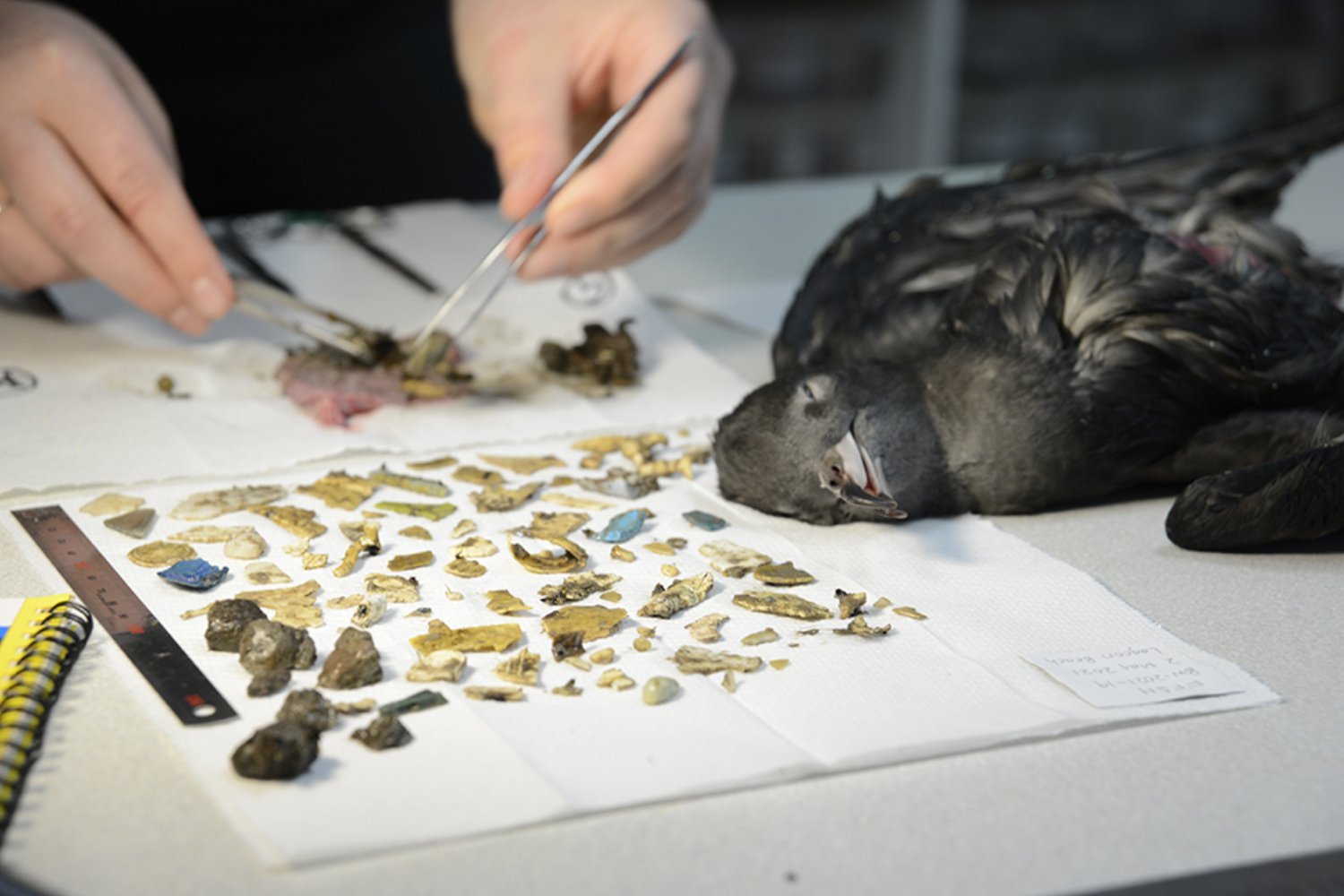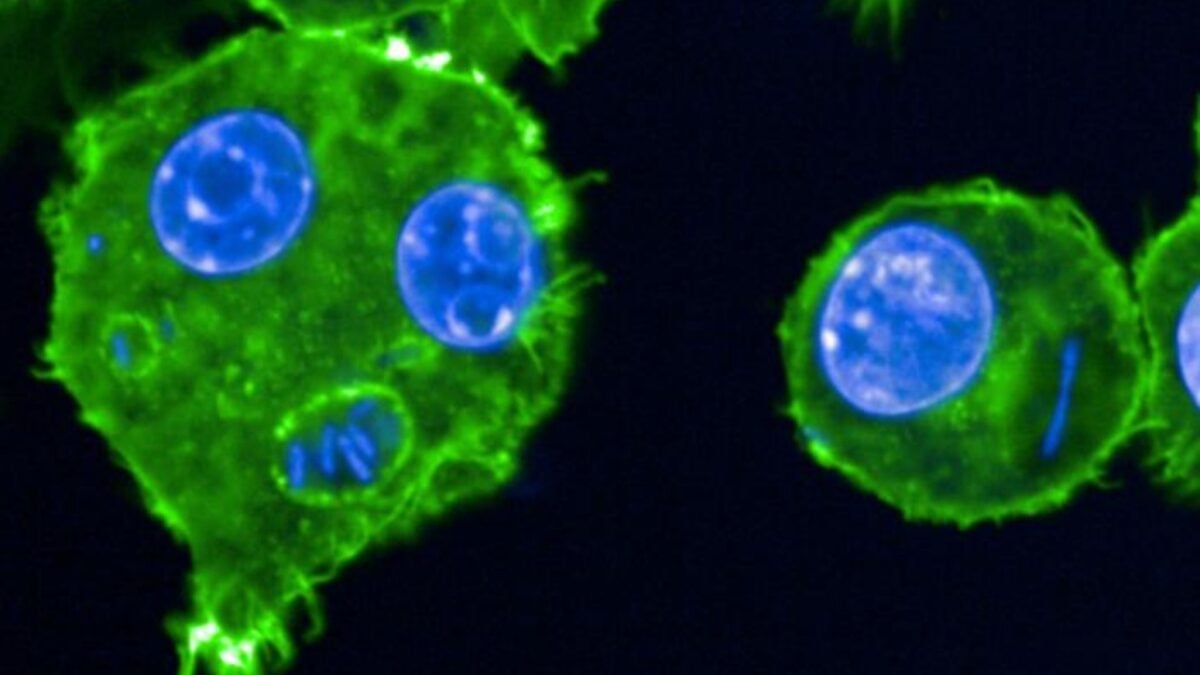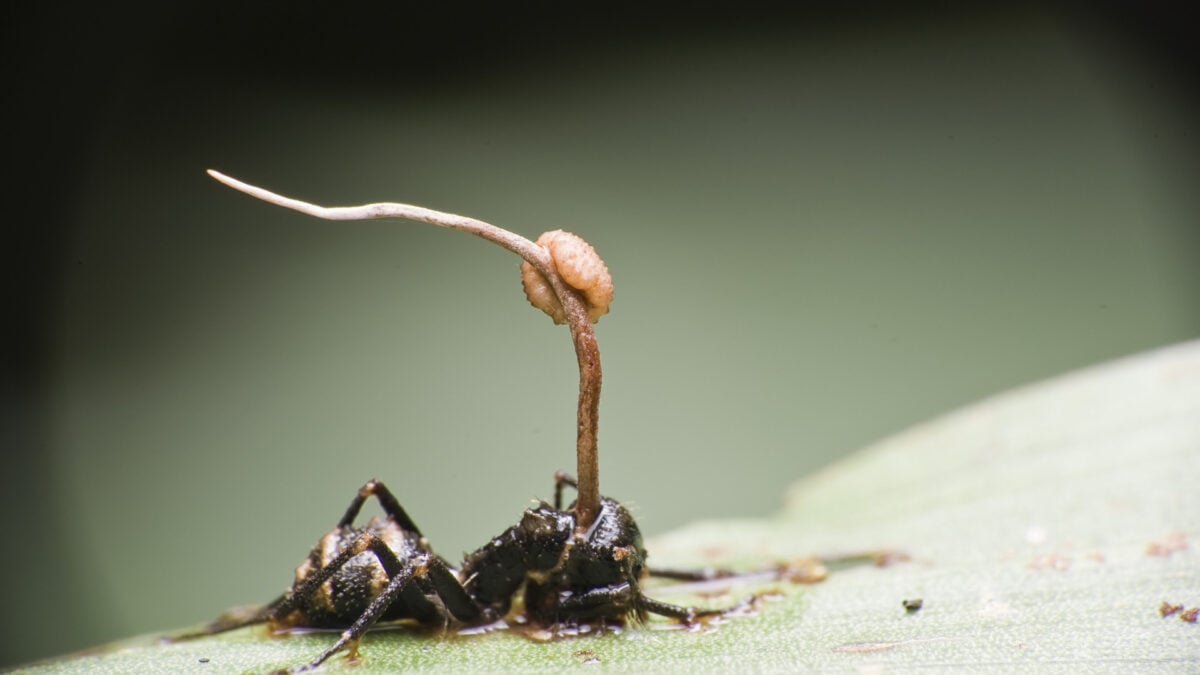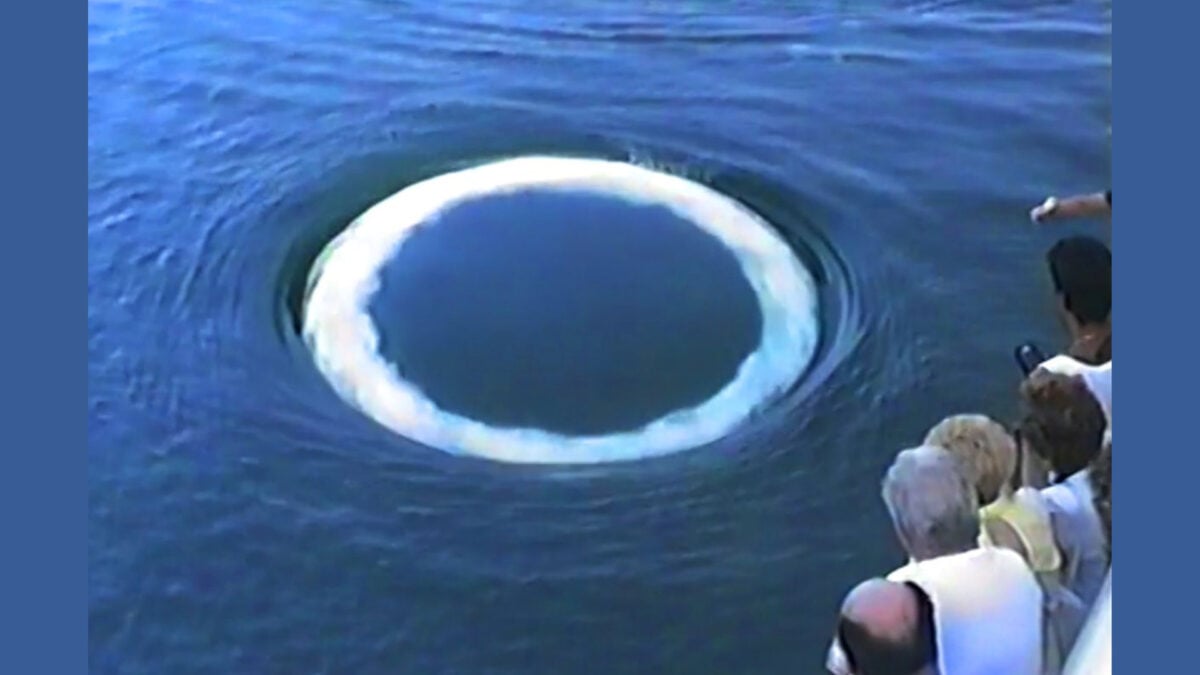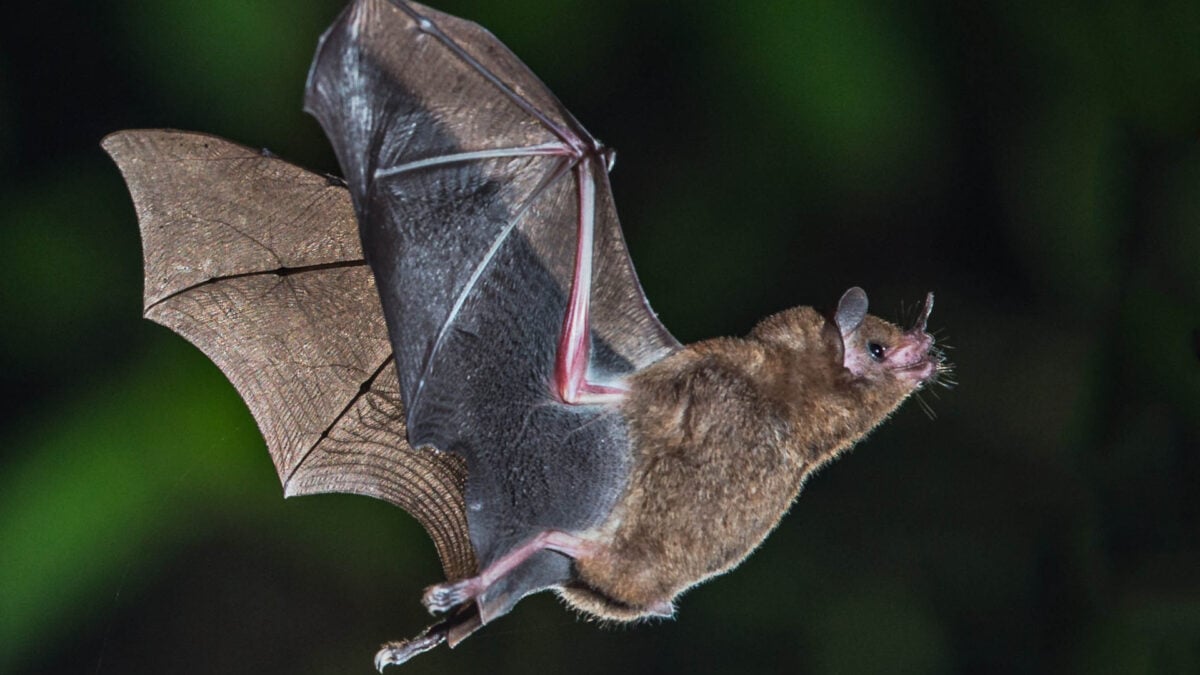The sound of a squeaky stuffed animal often brings a smile. However, when that sound is a sickening crunch emanating from a real baby bird, its stomach packed with ingested plastic, the sentiment shifts from endearing to a stark, dystopian reality. This nightmare is unfolding now, not in some distant fiction, but on Australia’s UNESCO World Heritage-listed Lord Howe Island, where scientists from the Adrift Lab ocean research group have made horrifying discoveries concerning seabird plastic ingestion. On their first day of fieldwork this year, researchers found a dead shearwater chick containing an astonishing 778 pieces of plastic, shattering the lab’s 15-year record for plastic ingestion by a single bird by a significant margin.
An Unprecedented Environmental Horror Unfolds
The Adrift Lab team, who visit the island annually, expressed their growing despair. “This year we decided we’re no longer going to say to each other ‘it can’t possibly get worse’ because each year it just does,” they wrote in a news release. “Terms like ‘unprecedented’ and ‘horrific’ really don’t do it justice. As scientists on the front lines of the environment/pollution/biodiversity crises, we can barely begin to describe what witnessing this for two decades has done to our mental and physical well being.” Their words paint a grim picture of the escalating ocean plastic crisis and its toll on both wildlife and the researchers dedicated to studying it.
Record-Shattering Levels of Plastic Found in Chicks
The primary focus of Adrift Lab’s annual visits to Lord Howe Island is to monitor the impact of plastic pollution on shearwaters—dark-colored, long-winged migratory seabirds. While the instances and quantities of ingested plastic have been on an alarming upward trend, this year’s findings “left us all speechless,” Adrift Lab marine biologist Jennifer Lavers, present on the island, conveyed to CNN. Lavers and her colleagues theorize that parent birds are tragically mistaking plastic fragments for food and subsequently feeding these to their vulnerable chicks.
The deceased chick containing 778 pieces of plastic was estimated to be between 80 and 90 days old. This implies its parents fed it approximately ten pieces of plastic litter each day of its short life. This figure drastically overshadows the previous record, which stood at around 400 pieces, according to the lab’s statement, highlighting a terrifying acceleration in the scale of plastic contamination.
The Grim Reality of “Crunchy Birds”
The sheer volume of plastic inside these young birds has led to a disturbing phenomenon. “This bird, and so many others in recent years, now contain such enormous quantities of plastic that when our research team gently presses on their stomachs, we hear awful crunching noises as the plastics shift around inside,” the researchers wrote. “We literally call them ‘crunchy birds’ because…what other name could we give them.” Alex Bond, an ecologist at Adrift Lab, confirmed to the Washington Post that this horrifying crunching sound can even be detected in some live birds.
The term “crunchy birds” serves as a visceral reminder of the physical burden these creatures endure. [Learn more about shearwater conservation efforts] to understand the challenges these birds face.
Beyond Microplastics: A Macroscopic Menace
While the pervasive threat of microplastics—found in items from chewing gum to human organs—is well-documented, the plastics plaguing the Lord Howe Island shearwaters are often much larger. Bond reported discovering objects such as bottle caps, distinctive takeaway soy sauce fish bottles, pieces of cutlery, clothes pegs, and countless other unidentified chunks of plastic debris inside the birds. This indicates that the problem extends far beyond microscopic particles, encompassing a wide array of everyday plastic waste that finds its way into the marine environment and, ultimately, into the stomachs of unsuspecting wildlife. [Understand the global plastic pollution problem] for a broader perspective.
Devastating Physiological Toll on Seabirds
Unsurprisingly, the ingestion of such significant quantities of plastic is causing severe harm to the shearwaters. Dissections performed by the Adrift Lab team have revealed scarring on the birds’ kidneys and hearts. More alarmingly, they have found evidence of ‘dementia-like’ brain damage in baby shearwaters, as reported by CNN. “They don’t kill the animal instantly, but they do cause it to have a shorter life span (and) lots of pain and suffering,” Lavers explained to CNN. Furthermore, she and her colleagues have observed a consistent and concerning decrease in the birds’ average body mass and wingspan over the years, suggesting long-term, detrimental health impacts from chronic plastic exposure.
A Call to Action from the Front Lines
The dire situation on Lord Howe Island also captured political attention this spring when Australian Senator Peter Whish-Wilson accompanied the researchers. Deeply affected by what he witnessed, he told ABC Australia, “I wish every politician and every decision maker in parliaments around the world, because this is a global problem, I wish they could all experience what I experienced just for 24 hours, to come down here and do it themselves, and then they’ll get it.” His visit culminated in a stark admission: “We are not winning the war on waste.”
This firsthand account from a policymaker underscores the urgency of addressing the plastic pollution crisis at systemic levels.
Conclusion
Scientists frequently regard seabirds as crucial marine ecosystem health indicators, looking to their well-being to gauge the state of our oceans. The “crunchy birds” of Lord Howe Island are sending an unequivocal and deeply troubling warning about the pervasive impact of the ocean plastic crisis. Their suffering highlights an urgent need for increased global awareness, more robust research, and decisive, comprehensive action to combat plastic pollution and protect our planet’s vulnerable marine life. [Discover ways you can contribute to reducing plastic waste].



